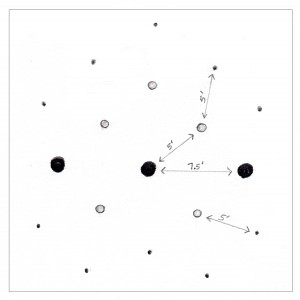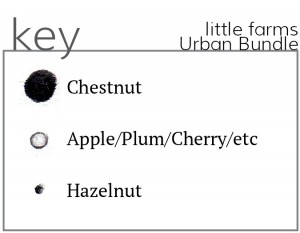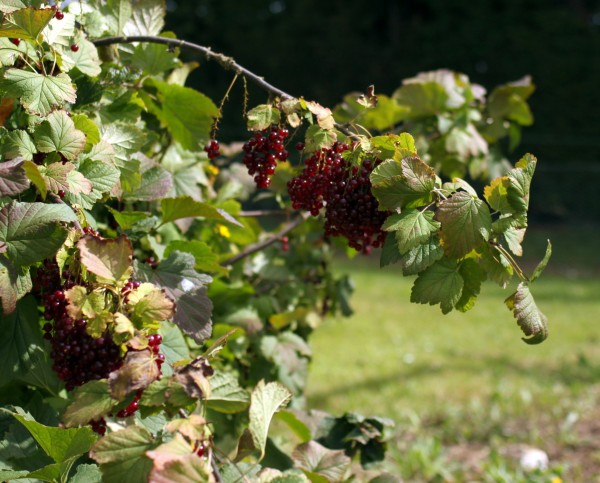 I've long been inspired by the permaculture movement. It just makes sense to invest time in longer-growing, diverse groups of plants because work in the present can benefit for years to come. When I read Mark Shepard's Restoration Agriculture
I've long been inspired by the permaculture movement. It just makes sense to invest time in longer-growing, diverse groups of plants because work in the present can benefit for years to come. When I read Mark Shepard's Restoration Agriculture
Only when Mark Shepard came to my house this fall for a workshop did the last piece to fall into place. Restoration agriculture can't be a serious venture on a home scale - at least not a single home.
But what if a group of households planted perennial fruit and nut trees? We could create a decentralized food forest that would immediately create wildlife habitat and beauty. In years to come, we could harvest from the successful trees and share in the processing.
Thus the little farms began. I'm working on this with Kate Hodges, who brings an artistic eye and penchant for wild plants to the project. We're starting small with a goal to support the planting of a dozen Urban Bundles of chestnut, hazelnut, raspberry, currant, and gooseberry plants this spring.
There are several ways to join the effort: 1) Buy a Bundle or some of the individual plants we're offering. The Bundle would be a great gift for a gardener too, as we're offering free delivery within 270 and planting advice. 2) Keep up with the little farms blog where we'll offer opportunities to learn and practice permaculture. 3) Share this blog post or the little farms website. We want everyone to start thinking about perennial edible plants.
the little farms may be small but we envision big rewards from collaboration!





